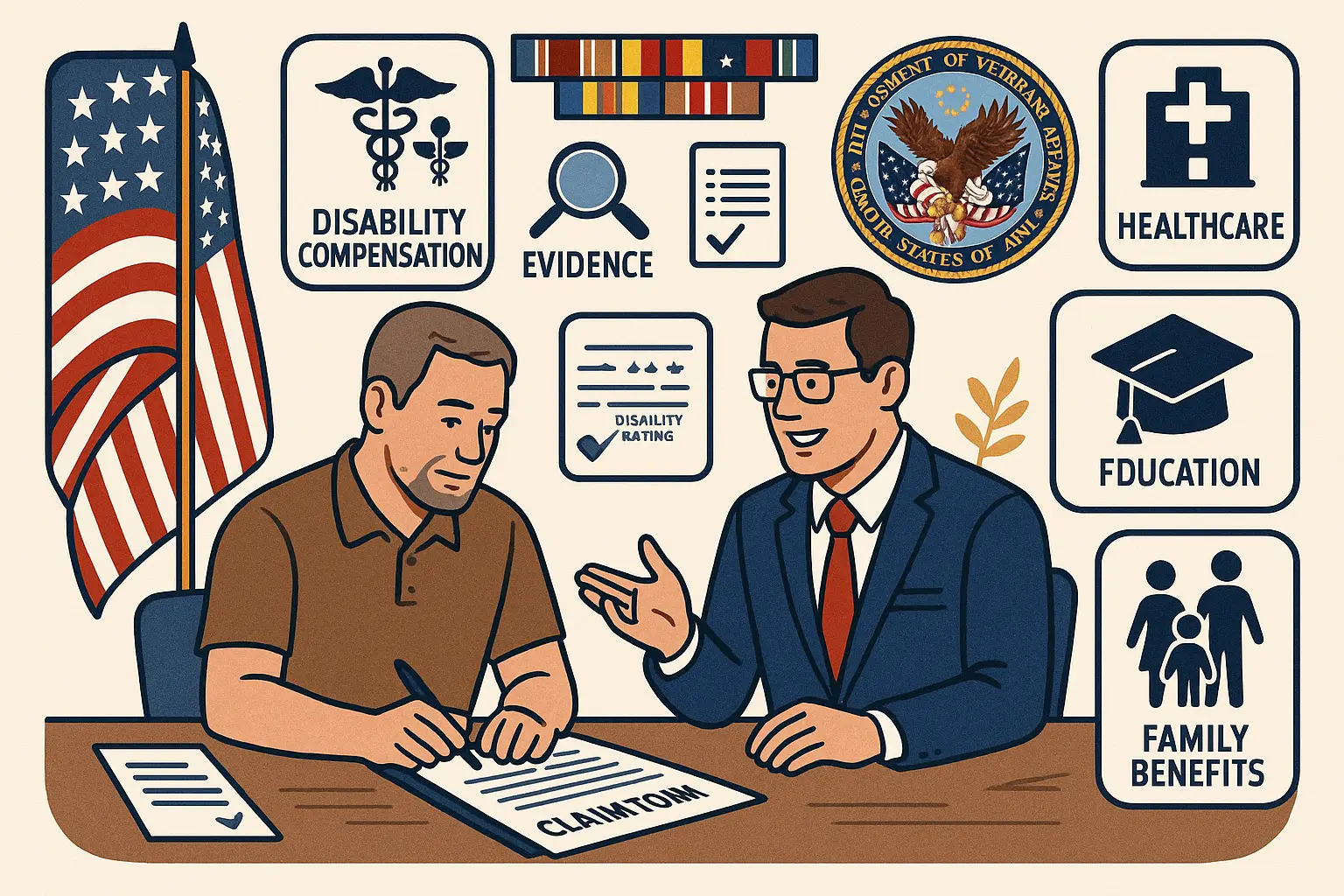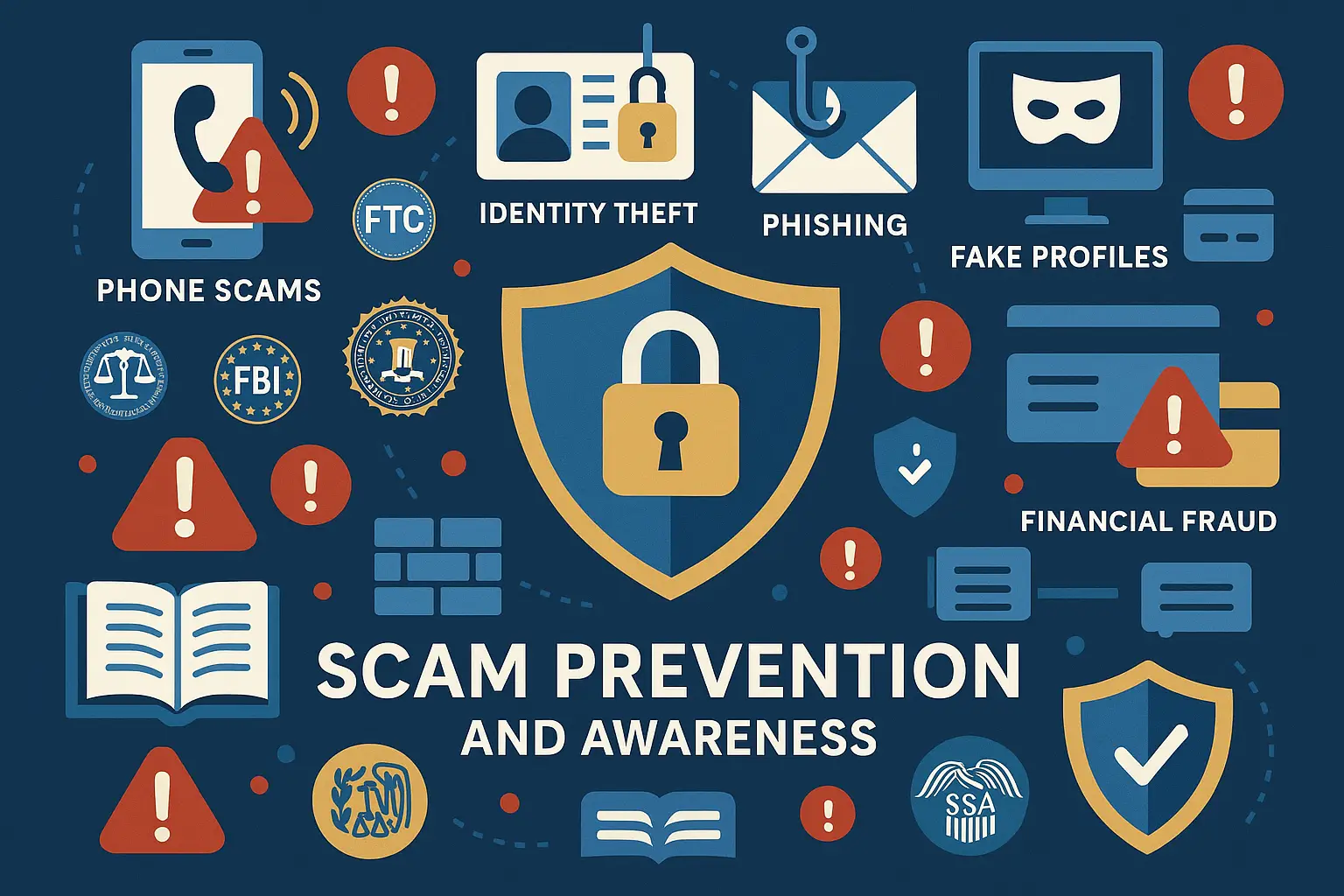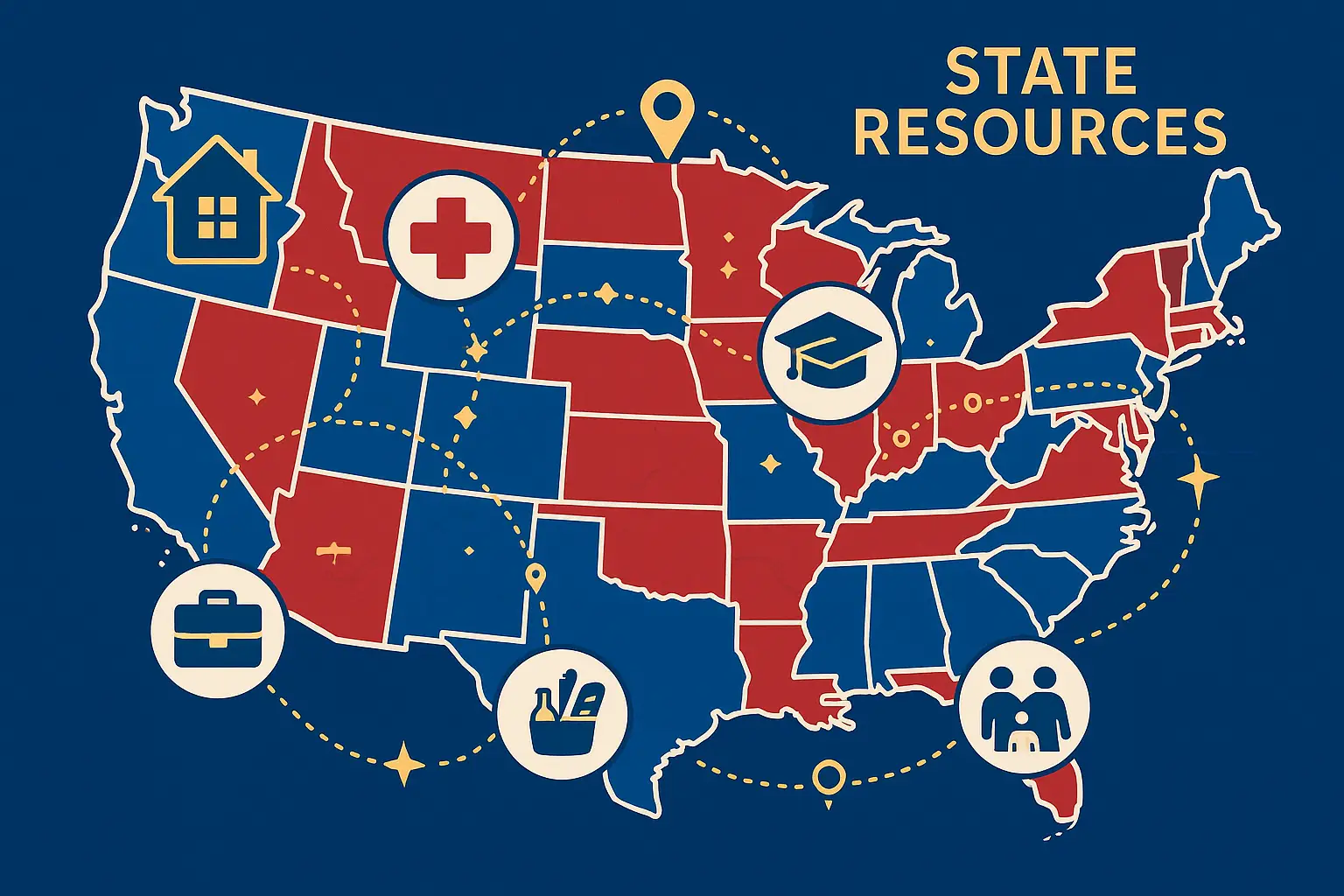Why VA Claim Help Matters
Filing for VA claim help can feel overwhelming for many veterans and their families. The Department of Veterans Affairs provides various compensation benefits, but the claims process often requires detailed evidence, accurate forms, and persistent follow-up. For service members who left the armed forces with injuries, mental health conditions such as post-traumatic stress disorder, or chronic illness, knowing how to file a claim properly can make the difference between receiving support and facing long delays.
The VA claims assistance program aims to ensure that eligible veterans and their dependents gain access to the disability compensation, health care, education benefits, and pension benefits they have earned. Each year, the department handles hundreds of thousands of disability ratings, but it initially denies many claims or returns them for additional evidence. With proper guidance, disabled veterans, surviving spouses, and dependent children can better navigate the system and secure benefits and services designed for their well-being.
Accredited representatives, Veterans Service Organizations (VSOs), or qualified attorneys can provide professional claim assistance. These experts help veterans present the strongest possible evidence, request appeals when needed, and protect the rights of families seeking survivors' benefits or dependency and indemnity compensation.
Eligibility for VA Disability Benefits
Basic Requirements
To qualify for VA disability benefits, applicants must meet several conditions:
- The applicant must provide proof of military service in the armed forces, with a discharge that is not dishonorable.
- There is a current disability or physical condition that is connected to military service.
- There must be evidence demonstrating a service-related injury, illness, or a deterioration of an existing condition that worsened due to military service.
- There must be documentation that establishes a connection between the disability and events that occurred during military service.
Types of Eligible Disabilities
The Department of Veterans Affairs recognizes several categories of service-connected disabilities. These categories determine how conditions are linked to military service and whether they qualify for benefits:
- Direct service connection – This applies when an injury or illness occurs directly during active military service. For example, if a veteran sustains an injury in training or combat, that condition may be eligible for compensation.
- Presumptive conditions – Certain illnesses are presumed to be connected to service based on known exposures, such as Agent Orange, burn pits, or contaminated water at military bases. Veterans with these conditions do not need to prove direct causation.
- Secondary conditions – Sometimes, an existing service-connected disability can lead to or worsen another condition. For example, a back injury might contribute to nerve damage or mobility issues, making the secondary condition eligible for benefits.
- Mental health conditions – Conditions such as post-traumatic stress disorder (PTSD), depression, or anxiety may be considered service-connected if they are linked to experiences during military service. These conditions are significant factors affecting veterans’ overall health and well-being.
Special Considerations
Women veterans, National Guard members, and Reservists may qualify for compensation benefits under specific circumstances. Surviving spouses, dependent children, and even dependent parents can receive survivors' benefits, such as dependency and indemnity compensation or pension programs, if the veteran's death is related to service-connected conditions.
The VA Claims Process: Step by Step
Step 1: Preparing Documentation
Before filing a claim, applicants should gather the essential documents that will support their case:
- DD Form 214 – This military discharge certificate verifies service history and is required for most claims. Applicants can request a copy through the National Archives if they do not have one.
- Medical records – Applicants should collect documentation from clinics or hospitals that describes their disabilities, diagnoses, and treatments. These records provide critical evidence of the condition being claimed.
- Service records – Official service records should be included to show when and where an injury or illness occurred during active duty. These records help establish the connection between military service and the disability.
- Personal statements and buddy letters – Written accounts from the applicant and fellow service members can describe how the condition impacts daily life. These statements provide personal context and can strengthen the overall claim.
Step 2: Filing the Claim
Once documentation is prepared, applicants can submit their claim through several different methods:
- Online through VA.gov – The fastest and most convenient option is to file a disability claim online through the VA’s official portal. Applicants can create an account, upload documents, and track the status of their claim.
- By mail using VA Form 21-526EZ – Applicants may print and complete VA Form 21-526EZ, the standard form for disability compensation, and mail it to the Department of Veterans Affairs.
- In person at a local VA office – Applicants may also file their claim by visiting a nearby VA regional office. Staff members can provide guidance, answer questions, and help with form submission.
- With the help of accredited representatives or VSOs – Veterans Service Organizations, accredited representatives are available to assist with preparing and submitting claims. Their support can be especially valuable for applicants navigating complex cases.
Step 3: Review and Examinations
The VA reviews all evidence and may request additional information. Many veterans are scheduled for a Compensation and Pension exam, which helps determine the severity of their disabilities. Being open about symptoms and physical and mental health conditions is critical.
Step 4: Rating Decision
Disability ratings are assigned in increments of 10% based on the combined ratings table. These ratings determine the level of monthly payments for eligible veterans. The decision letter outlines whether the claim was approved, denied, or deferred for new evidence.
Step 5: Appeals and New Evidence
If denied, veterans can appeal by submitting new evidence, requesting a higher-level review, or filing an appeal directly with the Board of Veterans’ Appeals. The appeal process provides multiple opportunities to strengthen the claim with additional documentation or expert opinions.
VA Benefits Beyond Compensation
VA claim assistance extends beyond disability compensation. Veterans Affairs also offers a wide range of additional benefits and support services, including:
- Pension benefits – Low-income disabled veterans and surviving spouses may qualify for pension payments to help cover basic living expenses. These benefits are designed to provide financial stability for those with limited resources.
- Education benefits and training programs – Veterans, spouses, and dependent children can access programs such as the GI Bill, which provides funding for college, vocational training, and career development opportunities.
- Survivors’ benefits – Family members of deceased veterans may be eligible for support through Dependency and Indemnity Compensation (DIC) and other survivor programs, ensuring continued financial protection.
- Health care access – Veterans and eligible family members have access to VA hospitals, clinics, and caregiver support services, which provide comprehensive medical care and assistance with ongoing health needs.
- Employment, counseling, and rehabilitation resources – The VA also offers job placement programs, mental health counseling, and rehabilitation services to help veterans successfully transition to civilian life.
Helpful Resources and Support
The Department of Veterans Affairs offers several official resources to assist applicants throughout the claims process and beyond:
- VA.gov – This is the official online portal where veterans can file disability claims, track claim status, and access additional information about benefits.
- Veterans Benefits Administration (VBA) – The VBA provides updates on benefits, compensation programs, and educational opportunities. It also offers guidance on eligibility requirements.
- Local VA offices – Veterans can visit nearby VA regional offices for in-person assistance, access to forms, and help with claim submission or appeals.
- Accredited Veterans Service Organizations (VSOs)—VSOs offer free, accredited support to veterans and their families. They can help prepare and file claims and provide representation during appeals.
- Crisis support lines – Veterans and their families can access 24/7 health care and mental health assistance through the Veterans Crisis Line by calling 988 and pressing one or using online chat and text options.
Support is also available for survivors, including surviving spouses and dependent children, who may be entitled to pension benefits or dependency and indemnity compensation. These programs are designed to provide financial stability, health care, and education assistance to family members left behind.






